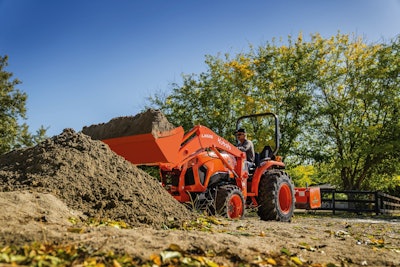
Hauler, mower, cleaner, sweeper, snow remover, tiller, planter—these are just a few of the applications for which landscape pros can use compact tractors.
“They’re super versatile tools, with the combination between the tractor and front-end loader, and there’s a multitude of applications for the front and the rear,” says Joel Hicks, associate product line manager, Kioti Tractor. “They've really become indispensable.”
Hicks, Jonathan Widmer, senior product specialist at Bobcat Co., and Beau Woodbury, product manager, subcompact and compact tractors at Kubota Tractor Corp., explain exactly how tractors have become the tool of all trades.
Versatility is key
The biggest advantage of compact tractors, Widmer says, is the extensive array of attachment and implement lineups and the ability to use them both at the same time.
“With a relatively affordable piece of equipment, it's also quite versatile in the sense that you can have a machine that's hauling material with the front-end loader, and you can also add implements on the three-point hitch,” Widmer says.
Woodbury notes that popular attachments for compact tractors can include grooming mowers, box blades, power rakes and tillers due to how they are used for material handling, ground maintenance and road maintenance, ultimately increasing efficiency.
This plethora of options allows landscape pros to use the compact tractors in a variety of ways.
For example, Widmer says with the front-end loader, landscapers can haul materials, such as dirt or gravel, and on the rear, use a box blade or angle blade to level out that same material. Or, landscapers can use a front-end loader on the front to haul materials away and then a backhoe to dig holes or trenches.
Overall, the versatility and adaptability to master multiple different tasks, all while being compact in size, allows compact tractors to be a natural fit with landscape and hardscape contractors, Woodbury says.
“This also permits consolidation of equipment and maximizing efficiency, not just during the job, but also in transport between,” Woodbury says. “Compact tractors are designed to be adaptable for a variety of situations and tasks. Their ability to include both loaders and backhoes makes them incredibly valuable in material handling and moving.”
For smaller landscape operations, Hicks adds that compact tractors make sense because the equipment performs many different tasks.
“It can cut back on the number of pieces of equipment smaller companies have to purchase,” Hicks says. “These really are good tools for smaller companies that need to do more with less or even for bigger companies that want to minimize the size of their fleet.”
Hicks adds that they are also easy to transport and small enough to fit into tight spaces.
What to look for
With some manufacturers carrying close to 30 different compact tractor options, it’s important for landscapers to narrow down what would be best for their operations.
Size of compact tractor may be the first item to consider.
“The variety of sizes offered goes from most maneuverable, smaller machines to bigger, more powerful machines that can get more work done,” Widmer says.
Compact tractors also include varying transmission options. For example, a hydrostatic transmission, which is very common in the compact tractor world, might be perfect for ease of use and for a lot of front-end loader work because it's easy to change direction, but if somebody needs more PTO horsepower, they might opt for more of a manual style transmission, Widmer says.
Other features to consider include cabbed or noncabbed models depending on the seasons in which the tractor will be deployed; ease of use for fast onboarding with crews; available attachment and implement lineups; tire options depending on the terrain; horsepower needs depending on job requirements; and overall lift capacity.
“For example, the turf tire is developed specifically for those in landscaping that might be driving on lawns,” Widmer says. “They don't want to tear up the lawn with a more aggressive tread.”
With so many options, Widmer recommends that landscape pros reflect on what the machine is intended for and talk with their local dealer.
Hicks adds that landscapers should also consider their budget and their future needs as well.
“It really just depends on what your overall needs are and what your vision is for the next couple of years as far as your business goes,” Hicks says.
What's trending
As the world evolves, so too do compact tractors.
For example, Hicks says telematics are becoming more popular.
“For business owners, they can keep track of their piece of equipment, especially if it stays in remote locations,” Hicks says. “They can check on it and make sure it's where it's supposed to be.”
Telematics also allow landscape pros better accessibility to maintenance logs, Hicks adds.
Woodbury adds that other popular features include hydrostatic transmissions, autothrottle features and dual engine memory switches that allow the operator to preset their preferred RPMS and have the engine match that speed at the push of a button.
Hicks agrees that hydrostatic transmissions have changed the game in the compact tractor world.
“They’re pretty versatile and have improved since they first started out,” Hicks says. “They’ve gotten to be extremely user friendly, and for applications like landscaping, for precision applications, they’re simple for people to operate. You don't have to know how to run a clutch or anything else. You can just hop on it and go.”

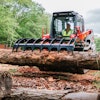
![Doosan Bobcat Wacker Neuson Stack 2ec Js Pb V6e[1]](https://img.greenindustrypros.com/mindful/acbm/workspaces/default/uploads/2025/12/doosan-bobcat-wacker-neuson-stack2ecjspbv6e1.CPyyz8ubHn.png?auto=format%2Ccompress&bg=fff&fill-color=fff&fit=fill&h=100&q=70&w=100)
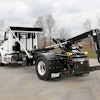

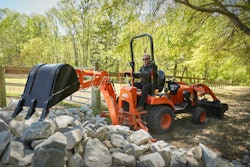
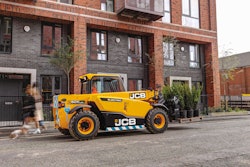
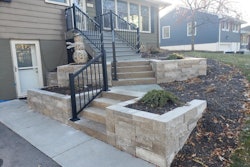

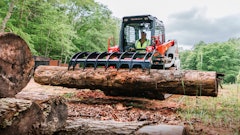
![Doosan Bobcat Wacker Neuson Stack 2ec Js Pb V6e[1]](https://img.greenindustrypros.com/mindful/acbm/workspaces/default/uploads/2025/12/doosan-bobcat-wacker-neuson-stack2ecjspbv6e1.CPyyz8ubHn.png?ar=16%3A9&auto=format%2Ccompress&bg=fff&fill-color=fff&fit=fill&h=135&q=70&w=240)


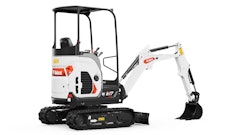
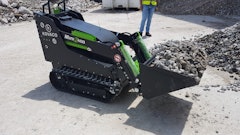
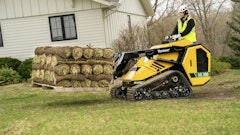



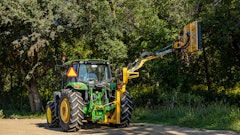
![T708 2025 Ga Tl11 R3 Hr [1 Q5 A1066]](https://img.greenindustrypros.com/mindful/acbm/workspaces/default/uploads/2025/10/t708-2025-ga-tl11r3-hr-1q5a1066.KcuUhTiF78.jpg?ar=16%3A9&auto=format%2Ccompress&fit=crop&h=135&q=70&w=240)